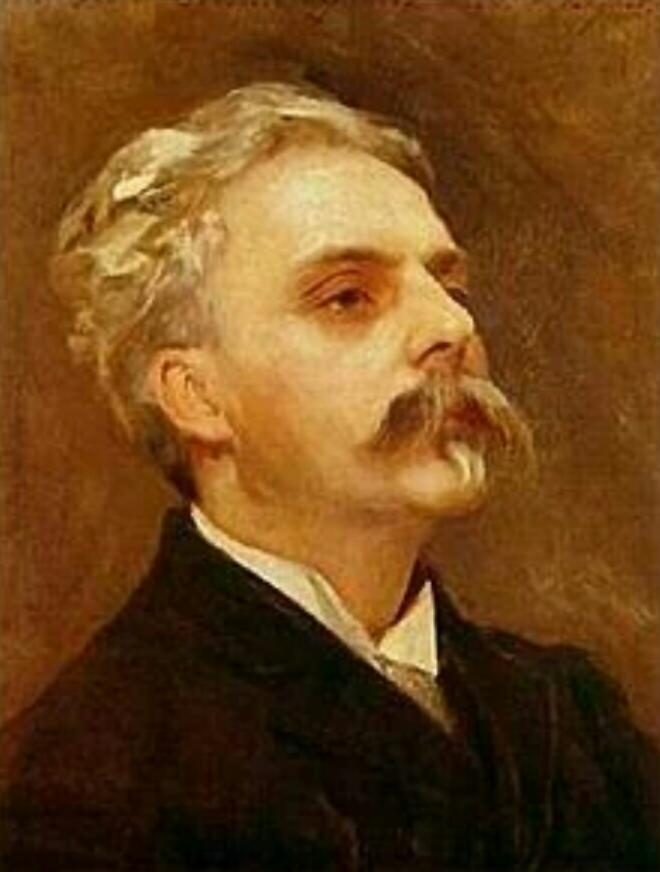
May 12th, which falls exactly one week after last Saturday’s Supermoon, marks the 167th birthday of Gabriel Fauré (1845–1924), a composer whose best-known song was inspired by the moon. Fauré is known today as the paramount composer of the French mélodie, and his setting of the poem “Clair de lune” (“Moonlight”) by Paul Verlaine (1844–1896) demonstrates why his works are beloved by pianists and singers alike.
Verlaine’s poem was inspired by the paintings of Antoine Watteau (1684–1721), innovator of the fêtes galantes genre. The scenes in these paintings are not specific to any one time or place — contemporary figures are placed in theatrical commedia dell’arte costume (as in Sous un habit Mezzetin) or in settings modeled after 16th-century paintings. Verlaine, in using Watteau’s paintings as inspiration, removes them even further from any particular setting.
He called the resulting collection of poems Fêtes galantes and included “Clair de lune” among them. The poem begins, “Your soul is a chosen landscape,” and Verlaine populates that landscape with Watteau’s familiar lovers, masqueraders, and musicians under the “calm moonlight, sad and beautiful.”
Fauré’s setting of Clair de lune takes its aesthetic from cues in the works of both Verlaine and Watteau. The song can sound surprisingly classical in its restraint. The left hand accompaniment consists almost entirely of unsustained, arpeggiated chords separated by eighth rests, while the right hand plays the fluid melody in a texture with ties to Classical song traditions. The singer’s line acts almost as an obbligato line in what could easily have been a piece for solo piano. The voice enters unexpectedly in the middle of a melody begun in the piano and fades out before the end of the song on the dominant, allowing the piano to play the final cadence alone. These unexpected elements, combined with frequent tonal shifts, a mixture of major and minor modes, and nuanced harmonies illustrate Fauré’s innovation as a composer and give the song a dream-like quality that evokes Verlaine’s poem, the paintings that inspired it, and the light of the moon that inspired all three.
Clair de lune is a perfect example of Fauré’s commitment both to musical progress and to the text of his songs. It is simultaneously modern and reminiscent of the music written a hundred years before his time, and its subject, the moon, continues to fascinate us as it did Fauré.
Listen to Fauré’s Clair de lune sung by Véronique Gens.




[…] for Grove Music/Oxford Music Online. You can read her previous blog posts, “Wedding Music” and “Clair de Supermoon,” or learn more about George Grove on Grove Music Online. Oxford Music Online is the gateway […]
[…] for Grove Music/Oxford Music Online. You can read her previous blog posts, “Wedding Music” and “Clair de Supermoon”, or learn more about “Glissando” and “Portamento” on Grove Music Online. Thanks to Allison […]
[…] can read her previous blog posts, “Glissandos and Glissandon’ts,” “Wedding Music,” and “Clair de Supermoon,” or learn more about Benjamin Britten on Grove Music […]